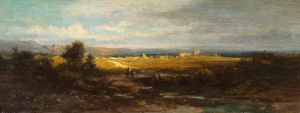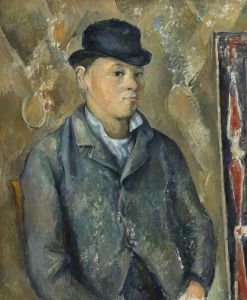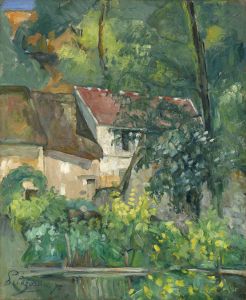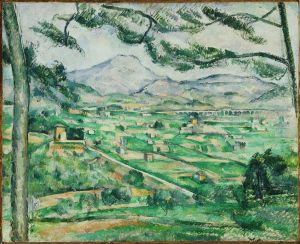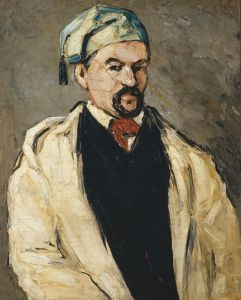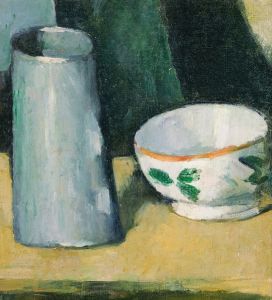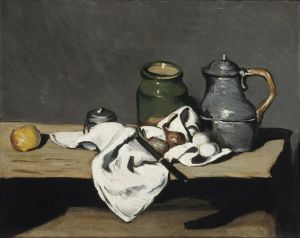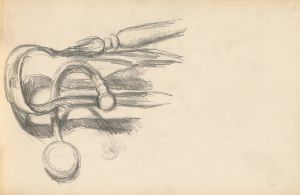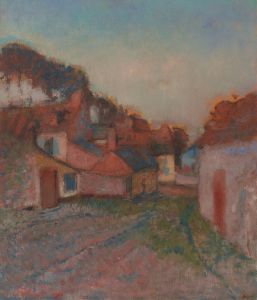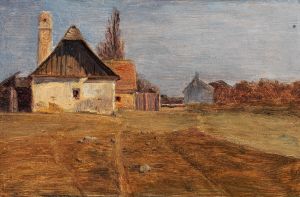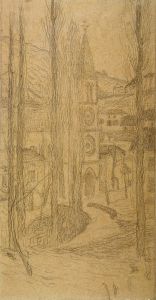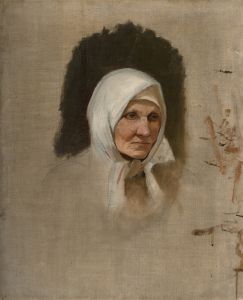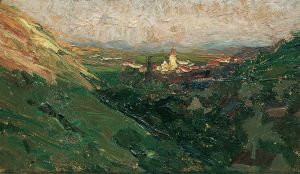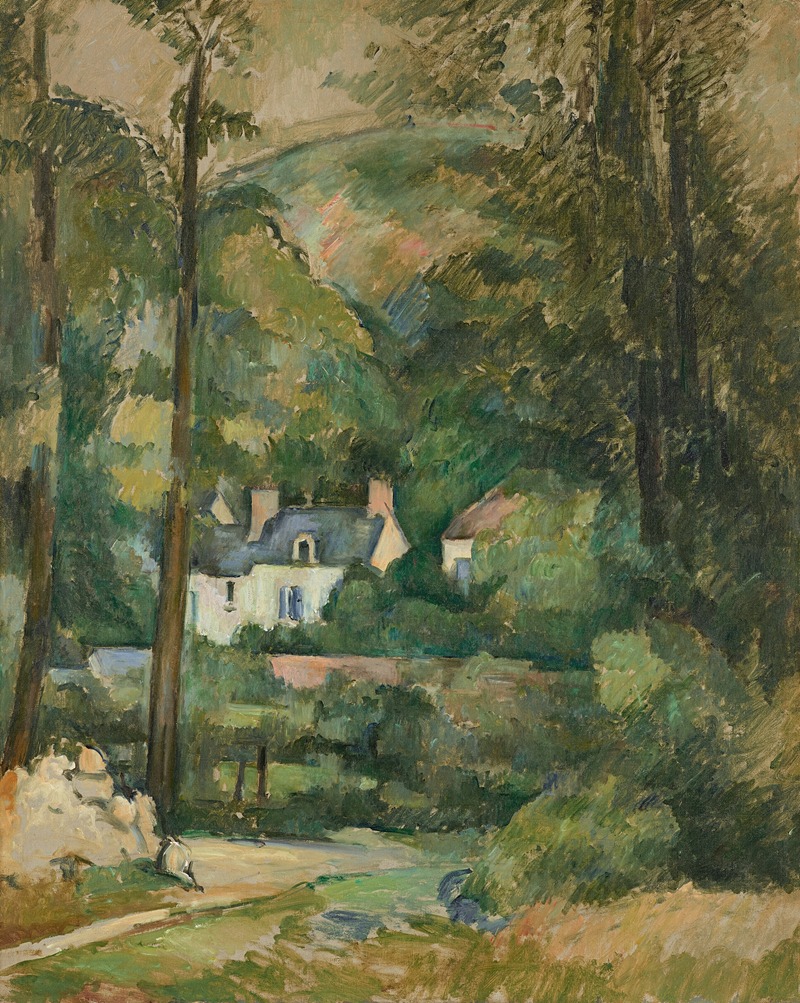
Maisons au Chou, à Pontoise
A hand-painted replica of Paul Cézanne’s masterpiece Maisons au Chou, à Pontoise, meticulously crafted by professional artists to capture the true essence of the original. Each piece is created with museum-quality canvas and rare mineral pigments, carefully painted by experienced artists with delicate brushstrokes and rich, layered colors to perfectly recreate the texture of the original artwork. Unlike machine-printed reproductions, this hand-painted version brings the painting to life, infused with the artist’s emotions and skill in every stroke. Whether for personal collection or home decoration, it instantly elevates the artistic atmosphere of any space.
Paul Cézanne's painting "Maisons au Chou, à Pontoise" is a notable work that exemplifies the artist's transition from Impressionism to Post-Impressionism. Created around 1881, this painting is part of Cézanne's exploration of form and structure, which would later influence the development of modern art, particularly Cubism.
Cézanne was born in Aix-en-Provence, France, in 1839, and he became one of the most influential figures in the history of modern art. His work is characterized by a unique approach to color, composition, and brushwork. During the late 19th century, Cézanne spent time in Pontoise, a small town in the Île-de-France region, where he worked alongside Camille Pissarro, a leading Impressionist painter. This period was crucial for Cézanne as he developed his distinctive style, moving away from the fleeting effects of light that characterized Impressionism, towards a more structured and analytical approach to painting.
"Maisons au Chou, à Pontoise" depicts a rural scene with houses nestled among lush greenery. The composition is marked by Cézanne's use of geometric forms and a carefully considered arrangement of color planes. The painting reflects his interest in capturing the underlying structure of the natural world, rather than merely its surface appearance. Cézanne's brushwork in this piece is deliberate and methodical, with each stroke contributing to the overall sense of solidity and permanence.
The painting's palette is dominated by earthy tones, with greens, browns, and blues creating a harmonious balance. Cézanne's use of color is not merely descriptive but serves to enhance the spatial relationships within the composition. The juxtaposition of warm and cool colors helps to create a sense of depth and volume, drawing the viewer's eye into the scene.
Cézanne's time in Pontoise was a period of intense experimentation and growth. Working closely with Pissarro, he absorbed elements of Impressionism but gradually began to assert his own vision. This painting is a testament to that evolution, showcasing his departure from the Impressionist focus on transient effects and his move towards a more enduring representation of nature.
"Maisons au Chou, à Pontoise" is significant not only for its aesthetic qualities but also for its role in Cézanne's artistic development. The painting exemplifies his quest to depict the world in a way that transcends the limitations of traditional perspective and representation. By emphasizing the structural elements of the landscape, Cézanne laid the groundwork for future artists who would further explore abstraction and the deconstruction of form.
Today, Cézanne is celebrated as a pivotal figure in the transition from 19th-century artistic conventions to the radical innovations of the 20th century. His influence can be seen in the works of artists such as Pablo Picasso and Georges Braque, who drew inspiration from Cézanne's approach to form and composition. "Maisons au Chou, à Pontoise" remains an important piece within Cézanne's oeuvre, illustrating his enduring impact on the trajectory of modern art.





